We choose fertilizer for onions in the spring and apply it correctly to get a rich harvest
Onions are unpretentious crops, but for good yield they need proper care. It is necessary to take care of fertilizing onions even when planting them. If a crop is planted for the first time in a new place, it is best to prepare the soil in advance.
Why feed onions in spring?
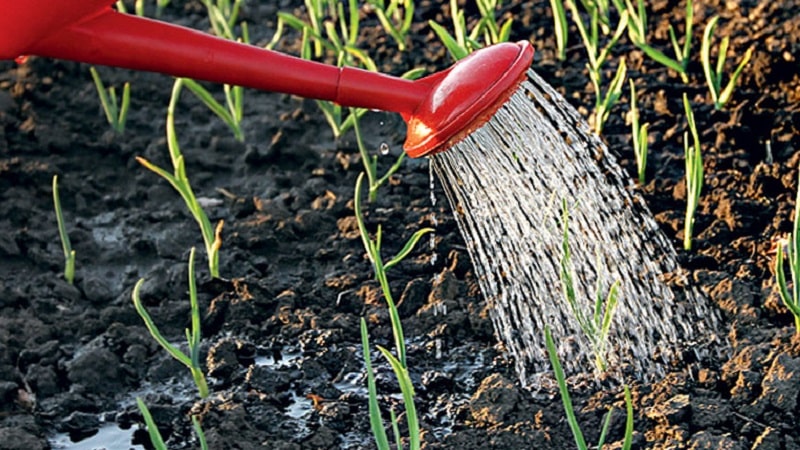
In spring, feeding onions is simply necessary. The soil very often lacks the nutrients that vegetables need for normal growth and resistance to diseases and pests.
Fertilizing the crop is of particular importance if the onion grown on the pen. There will simply not be a good green mass of feathers if the vegetable does not receive enough nitrogen. It is this substance that influences the growing season and is important at the very beginning of growth, and the amount present in the soil is not enough.
In spring, potassium is also important for onions. The vegetable’s immune system and its resistance to pests and diseases depend on it. The greatest need for this fertilizer appears during the formation of bulbs and their further growth.
Without phosphorus, you won’t be able to get a rich harvest either. It is necessary throughout the entire growth of the vegetable, so fertilizing is carried out several times.
When to feed onions
Fertilizers are applied three times throughout the growing season. This is usually enough for good greenery at the beginning of growth and high yield at the end:
- The onions are fed for the first time immediately after green sprouts appear. The main component is nitrogen.
- The second feeding is carried out 2 weeks after the first. The main component is phosphorus, since onions constantly need it.
- The third time the crop is fed at the initial stage of bulb growth. Usually this moment occurs 2-3 weeks after the second feeding. The fertilizer must contain potassium; it is extremely important for the growth of onions.
In some cases, it is recommended to fertilize the soil even before planting vegetables. This is especially important if onions are grown for the first time in a new area and there is no data on soil fertility. If you are confident in the quality of the soil and it is regularly saturated with fertilizers, it is not necessary to prepare the soil.
How to feed onions in spring
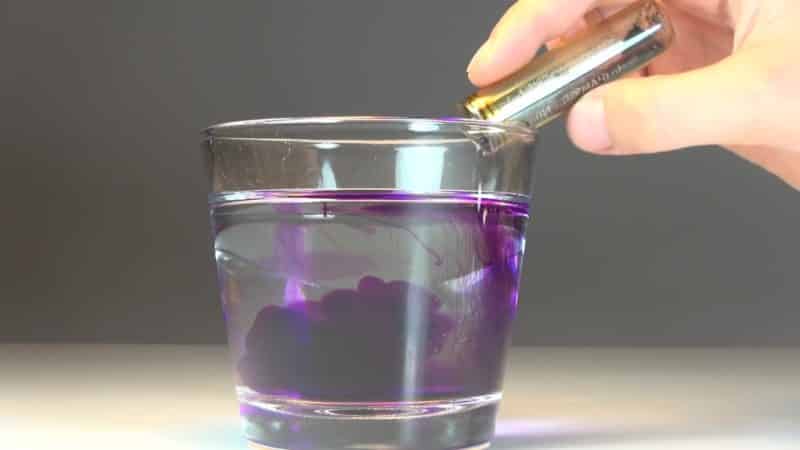
Fertilizers are applied depending on the purpose of growing onions. If a vegetable grows on a feather, it needs more nitrogen. When onions are grown per head, fertilizers should include more potassium and phosphorus. The best option is considered to be a combination of mineral-based preparations with organic matter.
Mineral fertilizers
Onions are fed sparingly with these fertilizers, since a large amount of minerals can lead to the accumulation of nitrates in the vegetable.
The most popular compositions include:
- potassium: potassium nitrate, potassium chloride, potassium magnesium and potassium salt;
- nitrogen: most often chosen are urea, ammophos, ammonium nitrate, ammonium carbonate;
- phosphorus: precipitate, nitroammophoska, tomasslag, phosphate rock, superphosphate.
Organic
These fertilizers have a great effect on soil fertility, but they should not be concentrated. Organics are always diluted before use. Fertilizers include:
- wood ash;
- peat;
- compost;
- bird droppings;
- humus;
- sapropel.
Purchased fertilizers
There is a wide range of complex fertilizers for onions on sale. Use them according to the included instructions. The most popular fertilizers, created taking into account all the needs of onions during the growth period:
- "Effecton";
- "Tsitovit";
- "Gumi";
- "Reflex";
- "Blank sheet";
- "Agricola-2".
Folk remedies
To fertilize crops, traditional methods are used, which are environmentally friendly, economical and accessible. Most often used:
- baker's yeast;
- ammonia;
- infusions of nettle, woodlice, chamomile, milkweed, dandelion, burdock, comfrey, reed or clover.
Many gardeners choose this feeding option due to the availability of raw materials.
How to properly feed onions
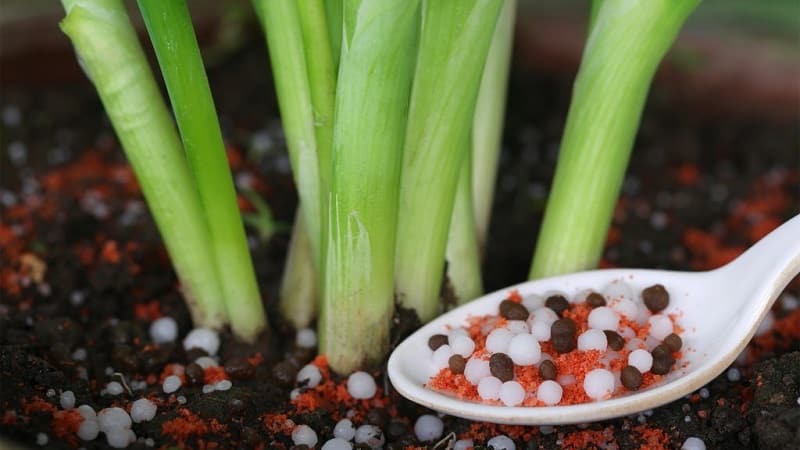
An incorrect feeding system will not only not be beneficial, but will also harm the seedlings. Therefore, in order to get a good harvest, it is necessary not only to apply fertilizers in a timely manner, but also to observe some nuances:
- Manure for feeding onions is used only after overheating. The reaction to a fresh one will be negative.
- Do not overapply organic fertilizers. The onion will not form a turnip, but will increase the green mass.
- Organic products must be of good quality to avoid introducing weed seeds into the soil.
For mineral fertilizers to be beneficial, you must:
- be sure to follow the dosage;
- dilute them in warm water;
- use non-food containers;
- If the drug gets on the greens, rinse them with running water;
- water the onions before using fertilizer to avoid burning the roots;
- increase the dosage if the soil is too light and sandy;
- reduce the dosage when planting onions in clayey, heavy soil;
- reduce the amount of mineral products by a third if they are mixed with organic matter.
When using folk remedies, it is important to make the solution correctly. Ammonia perfectly revives the culture if the feathers have begun to turn yellow. Dissolve 1.5 tbsp in 5 liters of water. l. products and prepared fertilizer are watered over the vegetable.
Baker's yeast promotes the absorption of other elements and improves soil microflora. This fertilizer is applied once at the very beginning of the growing season. Usually use 100 g of yeast, 1 tbsp. ash and 50 g sugar. All components are poured with a bucket of water and left for 2 hours.
Important! Any fertilizers are applied only at the root. Do not allow it to come into contact with the greens or the bulb itself. You can spill solutions between the rows to avoid burns to the plant.
Fertilizer application scheme
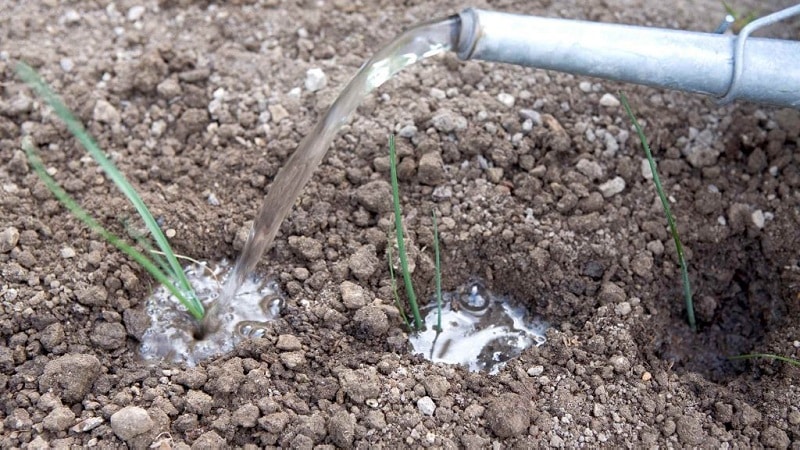
Timely fertilizing of the crop allows you to get a good harvest and avoid diseases during the growth period. Nutrient deficiency and excess should not be allowed. When and what fertilizers to apply:
- The very first fertilizing includes nitrogen and phosphorus. Such fertilizers are applied approximately 2 weeks after planting. During this period, the first greenery appears.
- Repeated application of fertilizers occurs at the end of April or beginning of May. It is produced 14-20 days after the first one. The main components are potassium and phosphorus; there should be very little nitrogen to avoid excessive feather growth.
- The third time, only phosphorus-potassium solution is added. It is necessary to feed the crop after 4 feathers appear or when the bulb reaches 4 cm in diameter.
Proper feeding of onions allows them to develop well throughout their growth, which leads to high yield. The vegetable heads become large and dense by the time of harvest.
Fertilizing the soil when planting onions in the spring
Fertile soil allows seedlings to fully grow and develop immediately from the moment of planting. The soil has been prepared since autumn. The choice of fertilizer depends on the soil itself, its fertility and density. Any fertilizing is applied during digging; usually the soil is dug up to the depth of a spade bayonet.
How to fertilize the soil when planting (per 1 sq. m):
- Add sand (9 kg), humus (6 kg), peat (5 kg), and urea (15 g) to heavy clay soil.
- Loamy soil is fertilized with humus (6 kg), urea (15 g), superphosphate (40 g), peat (6 kg).
- Poor peaty soil is enriched with superphosphate (50 g), humus (6 kg), sand (10 kg), and urea (8 g).
- Loamy soil (10 kg), humus (5 kg), lowland peat (5 kg), nitrophoska (15 g) are added to sandy soil.
Most often, summer residents choose superphosphate. This is the most popular fertilizer and is excellent for this crop. When adding compost or fresh organic matter, there is a risk of weeds appearing in the spring.
How to feed winter onions in spring
Winter onions are also fertilized 3 times throughout the growing season. The fertilizer application scheme does not differ from the general one.
How to fertilize for the first time:
- Mix 3 parts superphosphate, 2 parts urea, 1 part potassium chloride and add water.
- Gently pour the prepared solution under the root of the crop.
They also use ready-made minerals, diluting according to the instructions.
The second time they fertilize with nitrophoska - 2 tbsp. l. for 1 bucket of water. The solution is thoroughly mixed and then used for irrigation. One bucket is enough for 2 square meters. m.
For the third time, it is best to fertilize winter onions with superphosphate. 2 tbsp. l. There is enough substance to treat 1 square. m of soil.
What fertilizers should I use to make onions large?
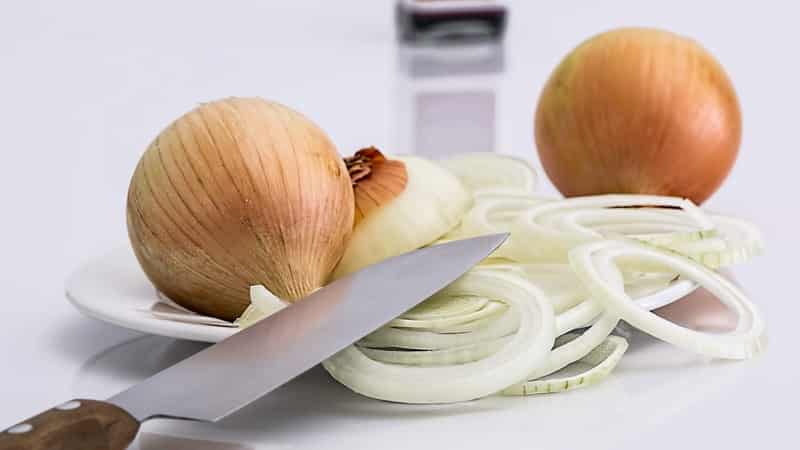
Throughout the entire growth period, the soil is saturated with phosphorus, and when the head becomes 3-3.5 cm, it is enriched with potassium.
The most popular fertilizer is superphosphate. It is great for feeding onions in the spring, allowing the vegetable to grow quickly. Agricola-2 is also often used. The fertilizer meets all the requirements of this crop.
To obtain a large head, in addition to mineral substances, organic substances are used. Usually the choice is chicken droppings, wood ash and mullein.
Tips on the topic
The fact that there are enough useful substances in the soil is evidenced by good green onions. If yellow spots appear early, it means it’s time to urgently apply fertilizer. When onions are grown for turnips, yellowing of the feathers during the ripening period of the crop is the norm.
In spring, choose cloudy weather for feeding and make sure there is no wind. If the soil is too dry, water the crop first. Before rain, mineral fertilizers are scattered between the rows. Together with precipitation they will penetrate into the soil.
Wood ash not only acts as a good fertilizer, but also repels pests and protects the crop from diseases.
Do not use substances if the expiration date has expired. The drugs lose their properties, and in some cases can even cause harm.
This is interesting:
Preparing for cold weather correctly: do you need to cut onions for the winter and how to do it
A Beginner's Guide to Growing Green Onions in the Basement
The best varieties of onion seeds for greens and cultivation algorithm
Conclusion
To obtain a good onion harvest, it is necessary to apply fertilizers in a timely manner and choose them correctly depending on the purpose of growing the crop. Proper care of onions allows you to get excellent greens and large, strong vegetables.